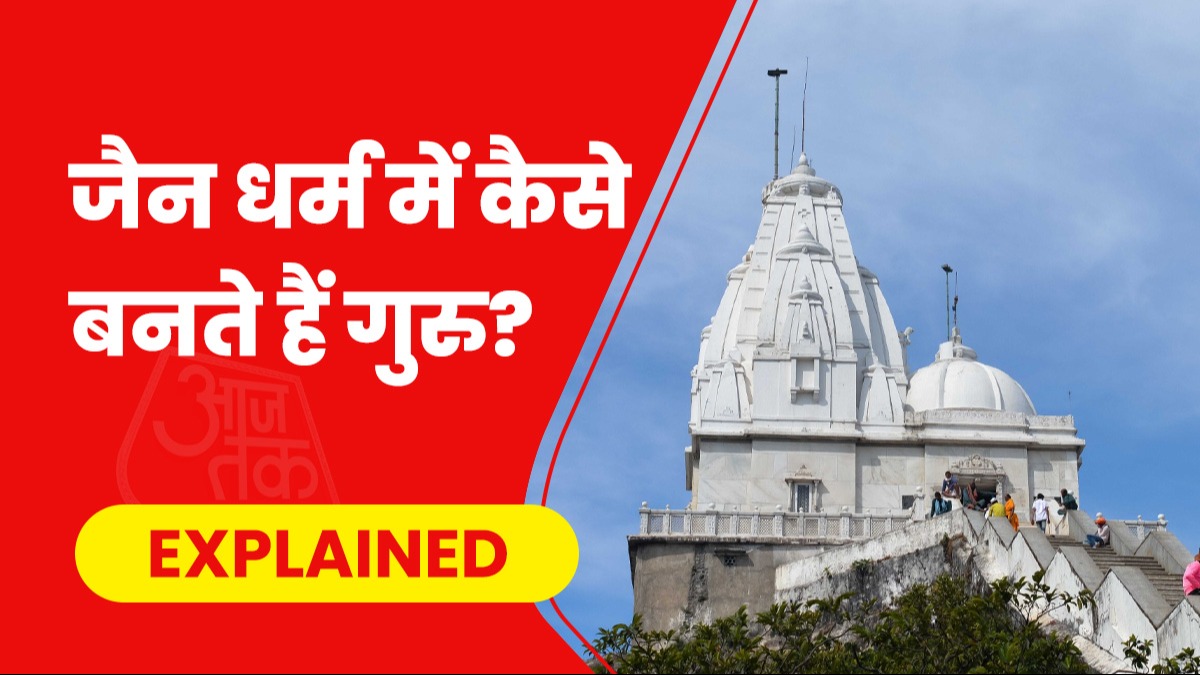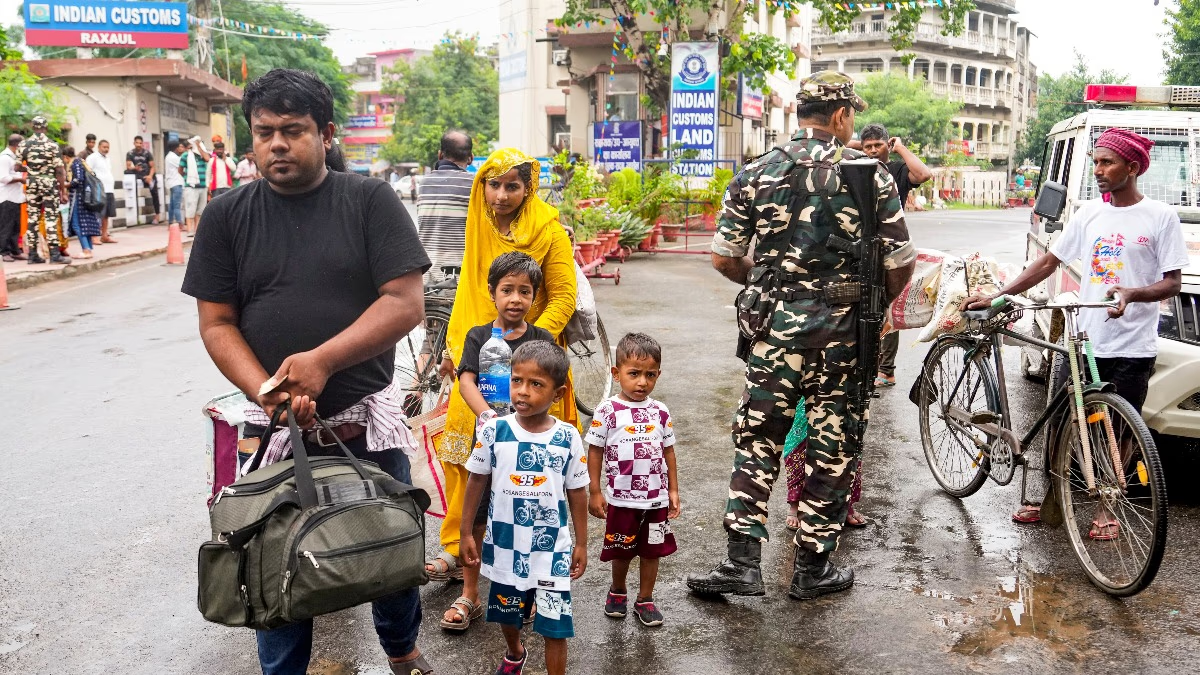Jainism's next revered leader, Acharya Samay Sagar Maharaj, hails from Belgaum, Karnataka, and at 65 years old, he sets forth to guide the entire Jain community. His election was the will of his predecessor, Acharya Vidyasagar, who was also his elder brother. It should be noted that the relationship is not a necessary criterion for leadership—it is merit-based, judged by experience and wisdom.
First, let's know more about the new Acharya
Born on October 27 in Karnataka, Samay Sagar ji was the youngest of six siblings. Following his elder brother Vidyasagar ji's ordainment, nearly the entire family moved towards monastic life, including Samay Sagar ji. Their parents and two sisters too have taken diksha (initiatory vows). Presently presuming the role of Acharya, Samay Sagar ji is well-versed in Kannada, Hindi, Sanskrit, and Marathi languages and has many literary accomplishments.
Selection Based on Seniority
The most senior monk in terms of diksha is chosen. Samay Sagar ji was the senior-most after Vidyasagar. Explaining this, Retired Professor T.K. Jain from Delhi University noted that while some might perceive this as nepotism, it is not the case. Samay Sagar ji was chosen due to his seniority, and the selection was made through the consensus of the entire monastic community, not solely by Vidyasagar ji.
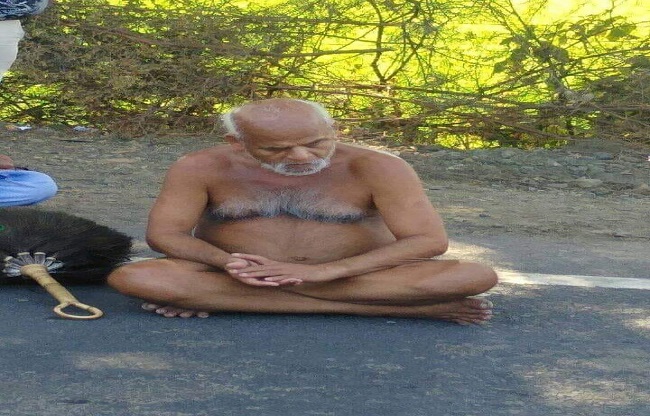
Source: aajtak
What is a monastic community?
There are many Jain 'sanghas' or monastic communities of the Digambara sect across the country. One might compare it to having a single nation with various political parties, each subscribing to different ideologies. Some monks come together to form their own sanghas. At times, a group of merely five to ten monks will form a sangha and declare their guru. Acharya Vidyasagar's sangha is widely acknowledged, comprising nearly 500 Digambara Jain monks.
Their conduct is strictly governed by the doctrines found within their scriptures, regardless of the difficulties they may encounter in daily practice. Other sanghas may allow some leniency, but followers are expected to adhere strictly to the teachings of the guru. He is also responsible for writing religious texts. Typically, monks are multilingual to ensure that their messages can reach every corner of the country.
Does the chosen Acharya wield any power like we see in other denominations or religious orders?
Jainism is inherently linked to nonviolence and renunciation, where the Acharya does not possess any monetary power. He is always on foot, traveling from one place to another, bound by strict dietary rules, and has renounced clothing. However, the spiritual authority they hold impacts all community members. Rarely would anyone dismiss an appeal made by the Acharya.
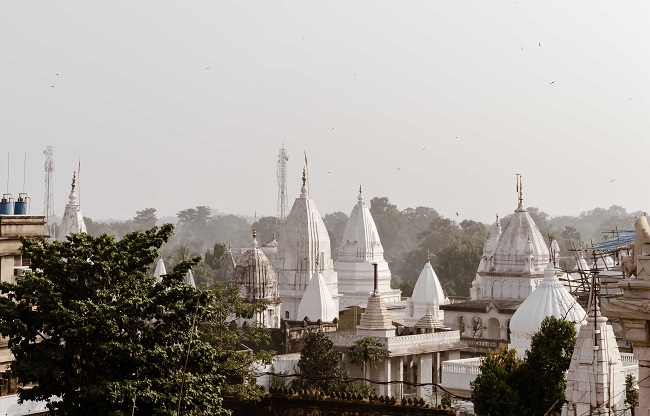
Source: aajtak
The life of Jain monks is dictated by stringent rules. 'Muni' refers to those who have embraced asceticism, also known as 'Nirgranthas', while female ascetics are referred to as 'Aryika'. Within Jainism, there are two sects: Digambara and Svetambara. The Svetambaras wear white clothes and cover their mouths with white cloth to avoid violence against insects. In contrast, the word 'Digambara' implies that directions are their clothing, and they can hold only a water pot and scriptures.
Undergoing Hair Removal is a Rigorous Practice
Jain monks conduct their lives centered on the principle that even the smallest creatures should not be harmed. To achieve detachment from beauty and attachment, they practice 'Kesh Lochan' or plucking of hair by the hands at certain intervals, a process that should not induce tears lest it be deemed unsuccessful. This ritual is performed every two to four months, and monks observe a fast on the day it takes place to atone for any potential harm to living beings during the process.
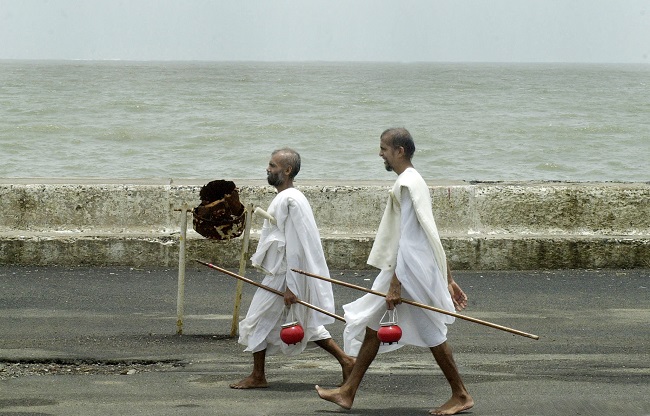
Source: aajtak
The Nature of Their Lives
The renunciation of clothing is a significant austerity for Digambara monks, who believe that since humans are born without clothes, they are an unnecessary adornment. They also forgo bathing to adhere to the principle of nonviolence. Jain monks forsake all kinds of material possessions deemed essential for ordinary people. They sleep on bare ground or wooden planks, eat only once a day in a standing position, and avoid consuming root vegetables to prevent harming insects and microorganisms living in the soil. Some monks only accept food in a single bowl as alms from laypeople. The monks continually walk, except during the rainy season, to avoid inadvertently causing harm to the numerous living beings present in the soil. Throughout the rest of the year, monks travel all over the country under the guidance of the guru, who plays a crucial role in directing the sangha and other Jains on how to lead their lives. A single transgression by the guru could impact the entire sectarian order, hence bestowing the greatest responsibility upon them.
